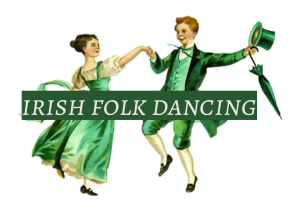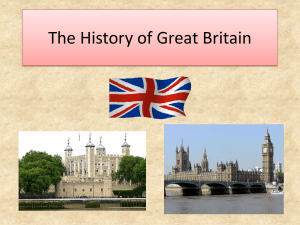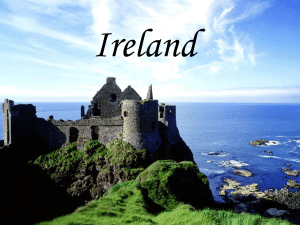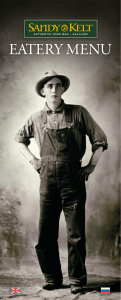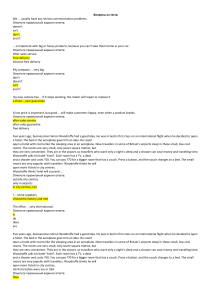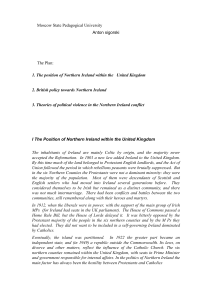
Irish English, also known as Hiberno-English, has its roots in the Old and Middle English varieties spoken by Anglo-Norman settlers who arrived in Ireland during the late 12th and early 13th centuries. Over time, the language evolved due to interactions between these settlers and the native Irish-speaking population. The Irish English accent is not a singular, uniform entity but rather a collection of diverse regional accents across the country. Each region has its own particular accent features, influenced by historical, geographical, and social factors. In this way, it is hard to divide Irish accents into categories. Even as Irish Gaelic has ceased to be spoken in the vast majority of the island, Irish people often consider English as, spiritually speaking, a second language. Some key aspects of the Irish English accent include: Intonation patterns: Irish English intonation frequently includes a rising pitch towards the end of a sentence, giving the impression of asking a question; Vowel sounds: Irish English speakers often display unique vowel sounds and shifts that can vary across regions. For instance, the vowel sound in words like "start" and "park" becomes more elongated. “Th” becomes “t” and “d” in words like “thing” and “this” (i.e. “tin” and “dis”). Irish accent is rhotic. The sound /r/ changes beyond recognition, moving forward closer to the teeth. Irish people say “mother” pushing into that “R” sound at the end. The diphthong in mouth is often heavily backed and rounded, pronounced ʌʊ or ɔʊ. Hence “about” can sound a bit like “a boat” to American ears. The vowels in “goat” and “face” are pronounced as diphthongs similar to most American and British accents (this contrasts with the rest of Ireland, where these phonemes are monophthongs). (i.e. go:t and fe:s). Combinations of letters that produce "ai" are more similar to "oy". Even the name of the country Ireland sounds more like something in between "Ail-land" and "Oy-land". The diphthong in “kite” often starts from a centralized place. To American and British ears, “kite” can sound a bit like “koɪt”. G is not always pronounced at the beginning of a word. For example, "guy" will sound like just "uy." Similarly, sometimes the letter M is skipped at the beginning. An Irish kitty doesn't say "meow," It says "eow." East Coast Irish English (Dublin) Dublin is the capital and the accent here was heavily influenced by the British occupation of Ireland for more than 800 years. Features: In Dublin there are two very distinct accents. Generally assigned to North and South side. On the North side you will hear a lot of dis, dat, dese, dose. The south Dublin resident is all about the o’s and oo’s (оуз и ууз). Elongate those vowels like yah yuh (я йа), like totally the opposite of the narrow sounds of the North side. The words “bus”, “cup”, “money” usually pronounced by Irish people like “bos”, “cop”, “money”. As we can hear, sound “ʌ” is replaced by the sound “ɔ” Nothing and Something will be pronounced “na.n” “sa.m” and anything becomes “æ.n”, while “everything” is pronounced “everything”Famous Speakers: Gabriel Byrne, Colin Farrell, Brendan Gleason, Damien Dempsey, the members of U2. South-Western Irish Accents This is the group of Irish accents spoken from County Cork. These tend to show a good deal of influence from Irish Gaelic, even if the speakers have no knowledge of that language. Features: Everyone in Cork speaks a few octaves higher than the rest of the country. Moreover, if we speak about West Cork, the accent is a bit thicker and a bit faster The accent tends to have a very “musical” intonation. Famous Speakers: Cillian Murphy is the only really famous person I can think of (he’s from Cork), there are a number of other celebrities from this region, but they have almost all softened the features of this dialect. Northern Irish Accents This is the group of Irish accents spoken in the province of Ulster (and a few “border” areas). Due to the history of Scottish plantation in this region, many of these accents share features with Scottish English. Features: Centralized pronunciation of the diphthong in words like mouth or mound. Hence mouth can sound a bit like “maith” or “moyth” to a British or American listener. The “oo” in “goose” is pronounced very far in the front of the mouth (as in Scottish and London English). This can be ʉ, ʏ, or a number of other variants. Famous Speakers: Liam Neeson, Stephen Rea, Van Morrison Kerry “Sh” features in even when it’s not there. Drops fast and furious. Дропс фашт эн фьёриес. Limerick is more nasal.
